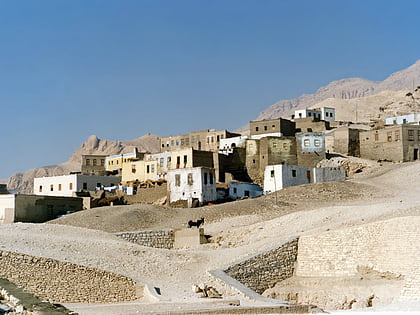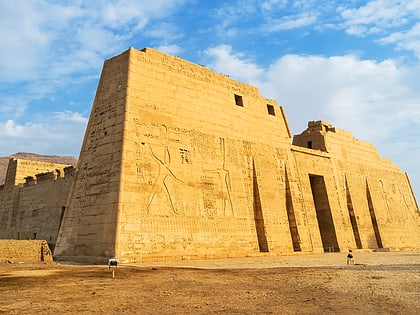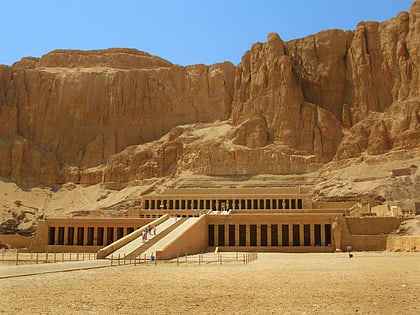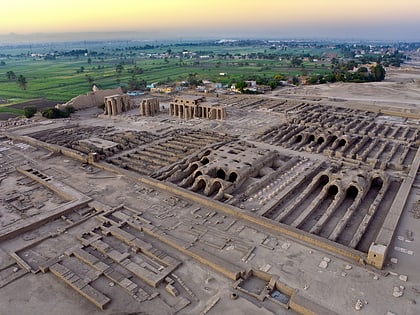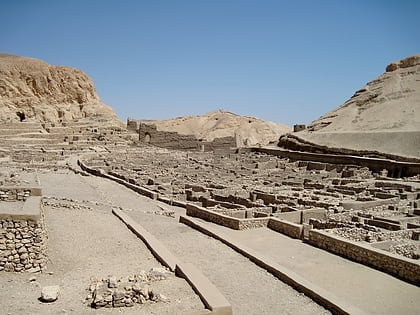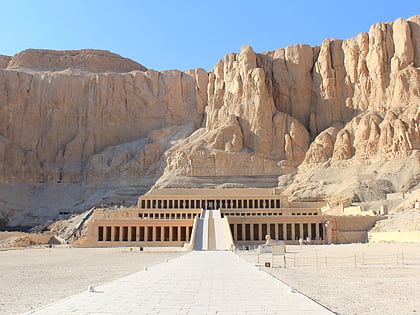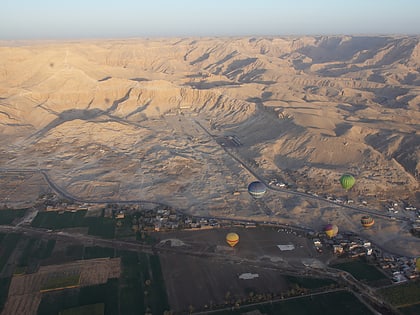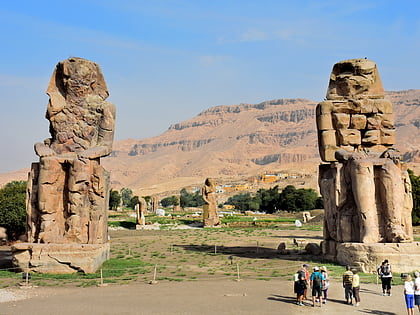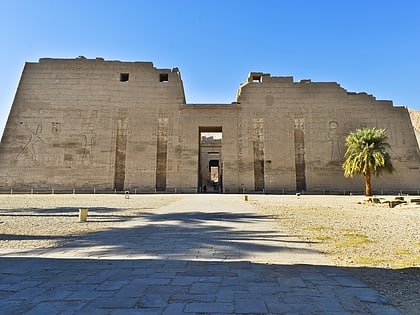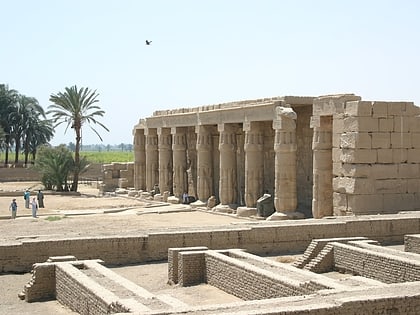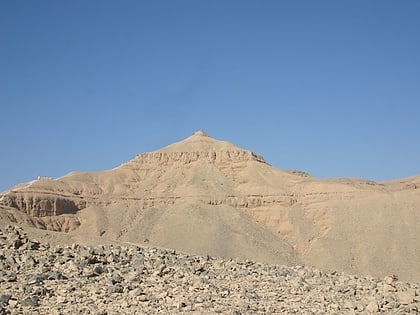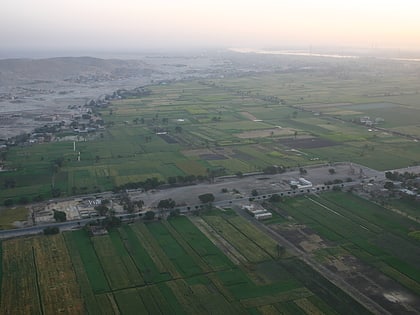Kurna, Luxor

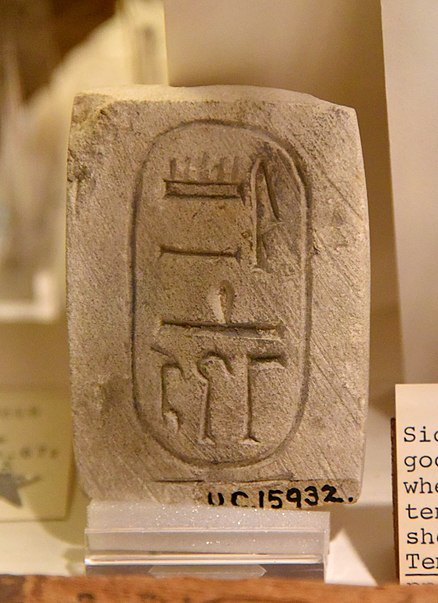
Facts and practical information
Kurna, often known as Qurna or Gourna, is an intriguing and historical site located in the city of Luxor, Egypt. Nestled on the West Bank of the Nile, Kurna is situated at the gateway to the Valley of the Kings and the Valley of the Queens, making it an area steeped in ancient Egyptian history. With its proximity to these famous necropolises, Kurna has played a significant role in the story of Egyptian archaeology and the quest to uncover the mysteries of the pharaohs.
The site is comprised of three distinct villages: Sheikh Abd el-Qurna, Set Maat (also known as Deir el-Medina), and El-Tarif. These villages were historically inhabited by the workers and artisans responsible for constructing and decorating the tombs of Egyptian nobility and royalty during the New Kingdom period, around 1550-1070 BCE. The workers' village of Deir el-Medina, in particular, is renowned for its well-preserved community layout and offers a unique glimpse into the daily lives of the individuals who labored on the tombs.
One of the most notable aspects of Kurna is its connection to the controversial figure of Giovanni Battista Belzoni, an early 19th-century explorer and archaeologist. It was in Kurna where Belzoni discovered the tomb of Pharaoh Seti I, one of the most important and beautifully decorated tombs in the Valley of the Kings.
Today, Kurna has undergone dramatic changes, with many of the modern inhabitants relocated to nearby New Qurna as part of a preservation initiative to protect the ancient tombs from the impacts of contemporary living. This relocation has been part of a broader effort to conserve the integrity of the West Bank's archaeological sites, which continue to captivate scholars and tourists alike.
Luxor
Kurna – popular in the area (distance from the attraction)
Nearby attractions include: Medinet Habu, Mortuary Temple of Hatshepsut, Ramesseum, Deir el-Medina.
